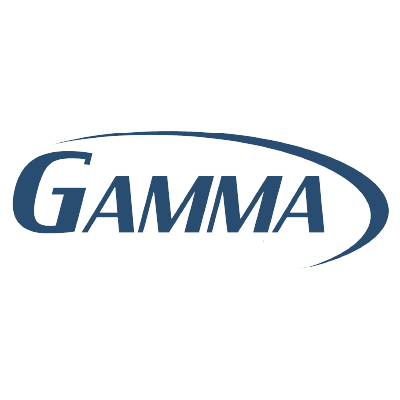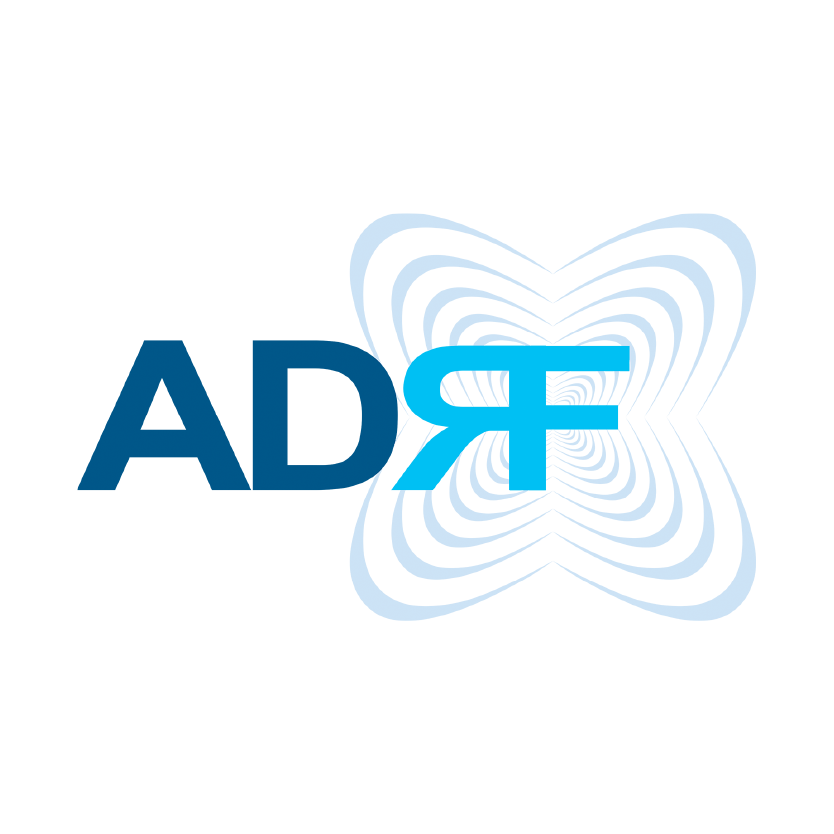What We Do
We provide end-to-end in-building communication systems–engineered to meet code, enhance safety, and ensure reliable signal coverage where it matters most. From initial testing to full system deployment, our solutions are tailored to the unique needs of your building and jurisdiction.
Our Services
RF-Signal Evaluation
We assess your building’s signal strength to identify coverage gaps and code compliance needs.
RF-Design Engineering
Our team designs customized DAS and BDA systems tailored to your building’s layout and RF challenges.
PE-Design Engineering
Licensed Professional Engineers provide stamped system designs to meet jurisdictional requirements.
Project Permitting
Our team handles all permitting and AHJ coordination to keep your project compliant and on schedule.
Project Management
We coordinate every phase of your project—from planning to final inspection—to ensure smooth execution.
Construction Services
We provide expert installation, cabling, and infrastructure support for all system components.
Electrical Services
Certified electricians ensure safe, code-compliant power delivery for all communication systems.
Integration
& Commissioning
We test, fine-tune, and certify your system to ensure optimal performance and code compliance.
Annual Service
& Maintenance
We offer routine inspections and upkeep to keep your system operating at peak performance.
24 x 7 x 365 Emergency Services
Our team is available around the clock for urgent system support and service needs.
Code-Compliant System Training
In an emergency, clear communication can mean the difference between order and chaos. Whether responding to a natural disaster, medical crisis, or security threat, first responders need reliable communication throughout a building. That’s why fire codes now require in-building communication systems—much like sprinkler systems—to protect lives and enable effective response.
As this is still a developing area with varying interpretations of code and compliance requirements, we offer educational seminars to help you understand the technology, the regulations, and what it means for your building.
What’s Included in the Training
Contact us for a no-cost, one-on-one educational session on ERCES.
ERCES Overview
What is ERCES?
What initiated ERCES (Public Safety DAS)?
Where is ERCES used?
Root causes behind the need for ERCES
Why ERCES is necessary
Understanding ERCES Requirements
ERCES code guidelines
Key code highlights (IFC, NFPA, Texas Statute)
Qualifications of an installer
Site evaluation best practices
Design guidelines and considerations
Types of DAS systems
Initial acceptance testing requirements
Annual inspection requirements
Steps for proper ERCES system planning
OUR PROCESS
How We Get It Done
Every service we offer is part of a larger, proven process designed to deliver safe, code-compliant, and fully operational ERCES systems. From initial signal testing to final system commissioning, we follow a clear and thorough approach that ensures nothing gets missed.
FAQ
Have Questions?
You’re Not Alone.
Here are some of the most common questions we get about DAS, code compliance, and getting started.
-
A DAS (Distributed Antenna System) is a network of spatially separated antennas connected to a common source that sustains wireless communications and work together to provide improved wireless coverage within a building, across a campus, or in areas where traditional cellular or radio signals are weak.
-
A Distributed Antenna System (DAS) is vital in places where standard wireless signals can’t reliably penetrate. These weak spots are common in large, complex, or dense buildings and areas, where concrete, steel, glass, or underground spaces block communication signals. A DAS saves lives in emergencies, ensures compliance, improves daily wireless reliability, and future-proofs large facilities.
-
Yes — in many cases a DAS (Distributed Antenna System) or BDA (Bi-Directional Amplifier) is required by code, but it depends on the type of building, the jurisdiction, and the applicable fire/life safety standards. DAS (specifically Public Safety DAS/BDA) is code-mandated when a building fails emergency responder radio coverage tests above 12K Sq ft. The exact enforcement and thresholds are determined by the local AHJ, based on NFPA 1225 and IFC 510. Even when not required, DAS improves safety and cellular coverage inside buildings.
-
All Buildings are built according to strict fire codes and regulations. Fire codes IFC 510 & NFPA 72 require Emergency Responder Radio Coverage (ERRC/ERRCS) which clearly define that an in-building solution is required where signals are weak or blocked. All Buildings with failing signals require enhancement. Building that commonly need DAS include:
High-rises and large commercial buildings
Hospitals and healthcare facilities
Schools and universities
Airports, train stations, and other transportation hubs
Government and public safety facilities
Stadiums and entertainment venues
Any building where reliable cellular or public safety communication is critical can benefit from DAS installation.
-
Implementing a Distributed Antenna System (DAS) starts with understanding your building’s coverage needs. Begin with a site survey to identify signal gaps, define whether you need public safety, cellular, or both types of coverage, and engage experienced engineers to design a tailored solution. After professional installation, thorough testing ensures reliable performance, and ongoing maintenance keeps your system compliant and fully operational. Get started today.





